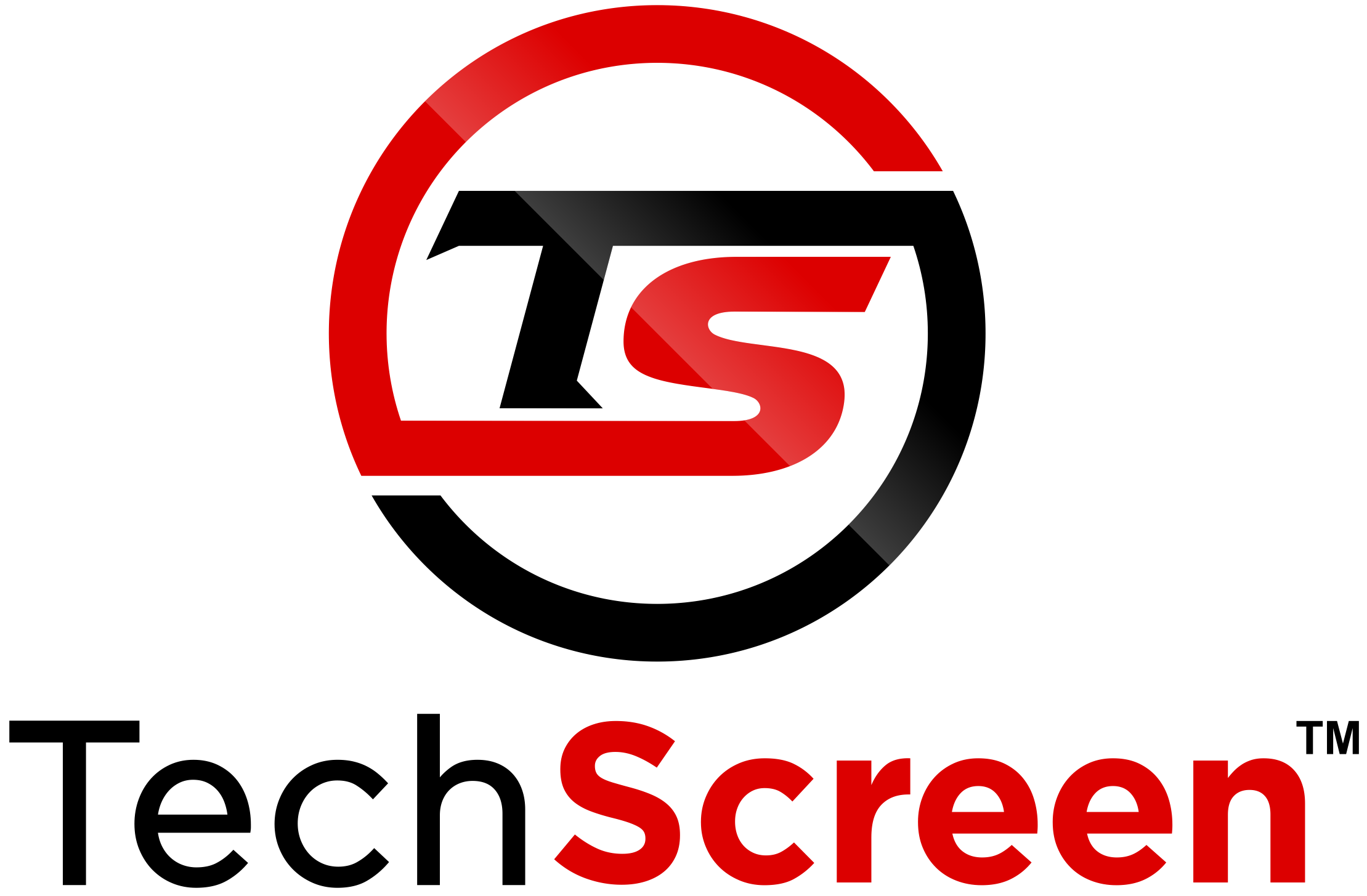The landscape of IT recruiting has become something of a paradoxical entity.
At one end of the spectrum, there’s an ever-growing demand for innovative tech talent in an industry that’s expanding at breakneck speed. On the other, there’s a prevailing sentiment among both employers and candidates that the recruiting process is broken, fraught with inefficiencies and misaligned incentives that often lead to less-than-ideal matches. This blog post takes a deep dive into the crevices of the current IT recruiting process, revealing the fractures that need mending.
Understanding the Cracks
1. Over-Reliance on Keywords and Algorithms
Many IT recruiting processes have become slaves to algorithms and keyword-matching software. While these technologies were designed to streamline the process, they often screen out highly qualified candidates. Whose resumes don’t exactly match the job description or who don’t game the system by overstuffing resumes with buzzwords.
2. High Volume, Low Touch
The recruitment ecosystem is intricate, and communication breakdowns occur at multiple points throughout the hiring cycle. From unclear job descriptions and inconsistent feedback to radio silence post-interview, these lapses in communication create an atmosphere of uncertainty and skepticism among candidates. In a sector that thrives on precision and clarity, such vagueness is not just counterproductive; it’s antithetical to the ethos of IT itself.
The deluge of applications for any given IT role has led to a ‘high volume, low touch’ approach in recruitment. Personalized communication is often sacrificed at the altar of efficiency. Which alienates skilled candidates and damages a company’s reputation in the job market.
3. The Interview Disconnect
To understand the issue fully, one must first recognize the inherent complexity of the tech industry. It is not just about knowing programming languages or the components of a computer. It involves a grasp of software development practices, knowledge of cybersecurity protocols, familiarity with cloud computing nuances, and much more. The tech ecosystem comprises an array of specialties, each with its own set of skills, tools, and languages.
When IT recruiters without technical expertise are at the helm of the hiring process, they rely heavily on their intuition (“gut check”, rather than truly understanding a candidate’s experience and potential.
Tech candidates often face a gauntlet of interviews that test for arbitrary factors rather than job-relevant skills. Furthermore, the lack of feedback or prolonged decision timelines leave candidates in limbo and drives them towards opportunities with more transparent and respectful processes.
4. Recruitment Bias
Bias in IT recruitment is both unconscious and systemic. It stems from deep-seated human tendencies to favor those who share similar backgrounds, experiences, or characteristics – the so-called “like me” bias. This inclination is subtle and unintended, yet its effects are far-reaching, influencing decisions in sourcing, screening, and selecting candidates.
The repercussions of recruitment bias in IT are manifold. Firstly, it leads to a homogenized workforce, where diversity of thought, creativity, and problem-solving abilities are stifled. This lack of diversity also perpetuates a non-inclusive work culture, making it challenging to attract and retain top talent from different backgrounds. Moreover, when bias goes unchecked, it perpetuates a cycle where certain groups are continuously favored or marginalized, exacerbating disparities in the tech industry.
Blueprint for Repair
Revamping Resume Screening
To fix the broken sieve that is resume screening, companies need to invest in smarter AI that contextualizes experiences and skills beyond keywords. Additionally, a human touch in the initial screening process helps discern the nuances of a candidate’s background that machines might miss.
Revising Job Requirements
Corporations must critically evaluate the ‘required’ experience for entry-level jobs and distinguish it from ‘nice-to-have’ qualifications. Building apprenticeship programs and offering internships cultivates talent that grows with the company’s needs.
TechScreen for Staffing – Powered by AI Verify
Our Technical Knowledge Accelerator platform merges our proven technical interview tool with our TechScreen Certified Recruiter program. Consequently, this tool quite literally takes the guesswork out of the interview process. Additionally, each recruiter is provided with a list of questions to ask IT candidates that showcase their knowledge on related topics to their field or lack thereof.
Additionally, the platform provides the information that a good response from the candidate should contain. All of this is done with an information-on-demand approach to avoid interrupting the recruiter’s flow.
Our latest version comes with Artificial Intelligence, AI Verify, which evaluates the candidates’ responses from the call and provides a detailed summary and score of the candidate. TechScreen also helps recruiters cultivate “Conversational Competence”, a Pavlovian ability to ask technical qualification questions drawn for their own internal technical insight through our Technical Content Library.
The right IT professionals propel your client’s company into the future, driving innovation and ensuring operational excellence. By investing time and resources into a thorough screening process, you not only secure the best IT talent but also safeguard your company’s technological assets and reputation. Take the guesswork out of hiring, and you’ll pave the way for long-term success.
Personalization in Communication
Even with high application volumes, technology should be used to keep candidates informed and engaged throughout the process. Personalized updates, even automated, improve a candidate’s experience significantly.
Recognizing the Types of Bias
To tackle bias, it’s crucial to recognize its various forms. Confirmation bias, for instance, occurs when recruiters seek out information that confirms their pre-existing beliefs about a candidate. Affinity bias leads to preferring candidates with similar interests or experiences to one’s own. Then there’s the halo effect, where one positive aspect overshadows all other attributes of the candidate. On the flip side, the horns effect leads to negative generalizations based on one perceived flaw.
The IT recruiting process doesn’t need mere tweaks; it needs a foundational overhaul. By addressing the systemic issues within the current recruiting strategies, staffing firms not only improve their attractiveness to top talent but also build more innovative, inclusive, and dynamic teams. The future of IT depends on the industry’s ability to attract and retain the right people, and it starts with fixing the fractured recruiting process that serves as the gateway to this exciting field.
Are you interested in learning more about how TechScreen assists you in streamlining your hiring process, helping fill hiring gaps with properly screened, quality IT candidates?
About TechScreen
TechScreen was created based on the idea there was a problem with properly vetting technical candidates. TechScreen, powered by AI Verify, is the world’s only SaaS product that lets a recruiter or hiring team conduct a detailed interview of an IT candidate without truly knowing the underlying content. Each candidate is also evaluated and scored by our artificial intelligence while also providing a detailed write-up to share with your client to prove the quality of your technical screening. Learn more about what we do and visit us today at https://techscreen.com/ or contact us at https://techscreen.com/contact-us/.


